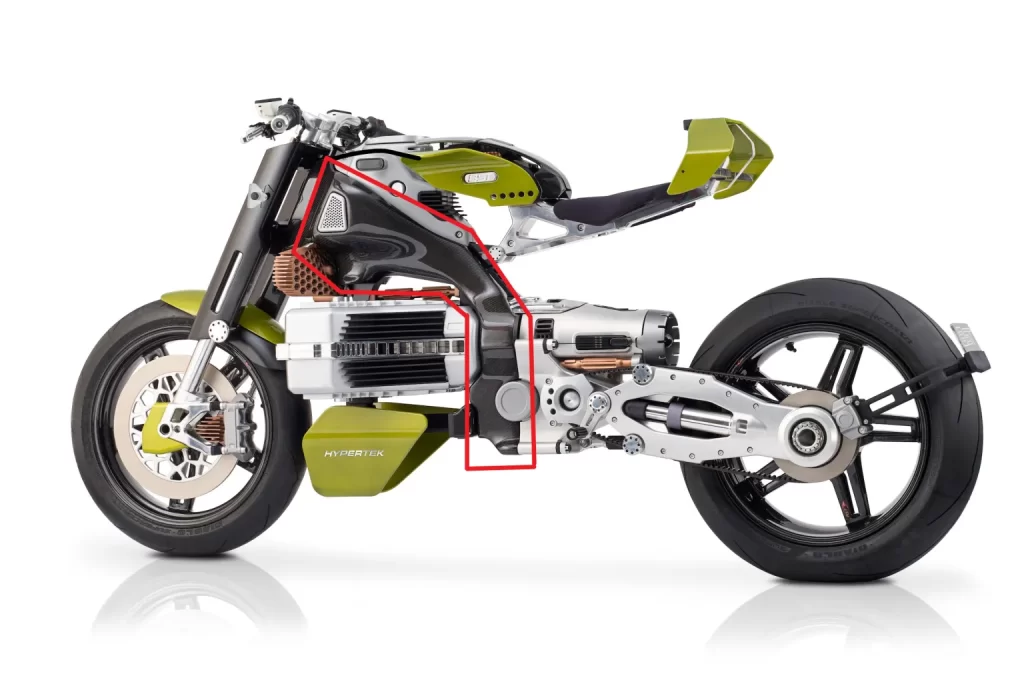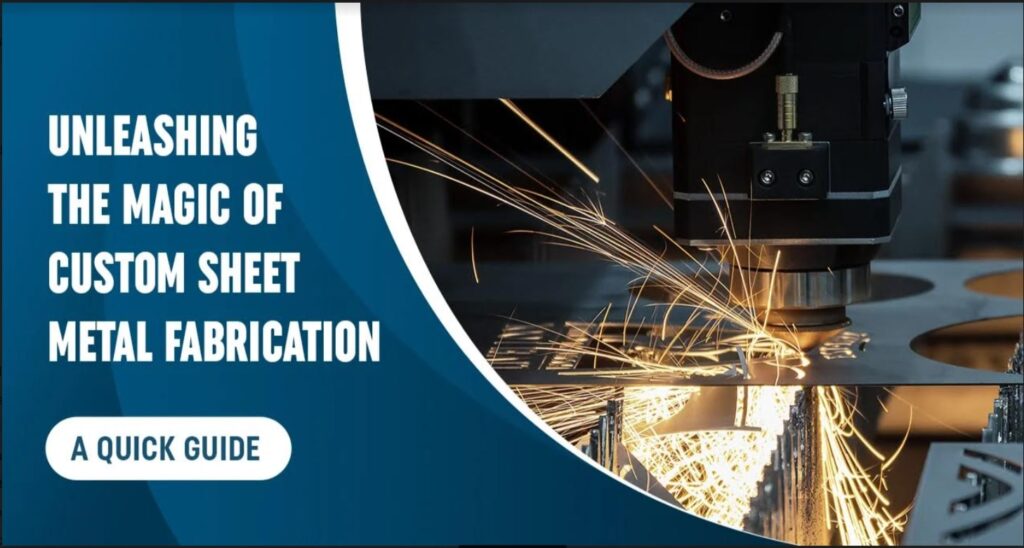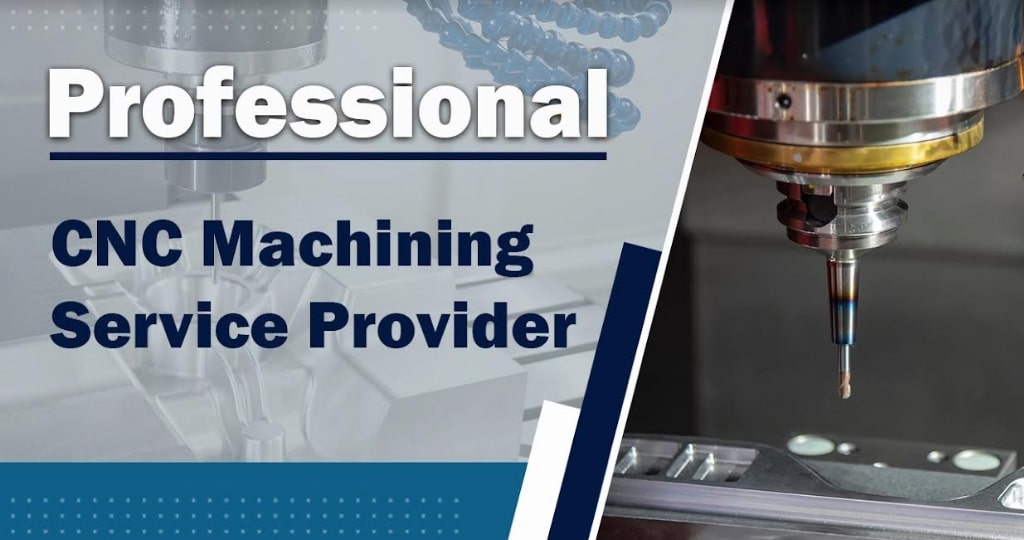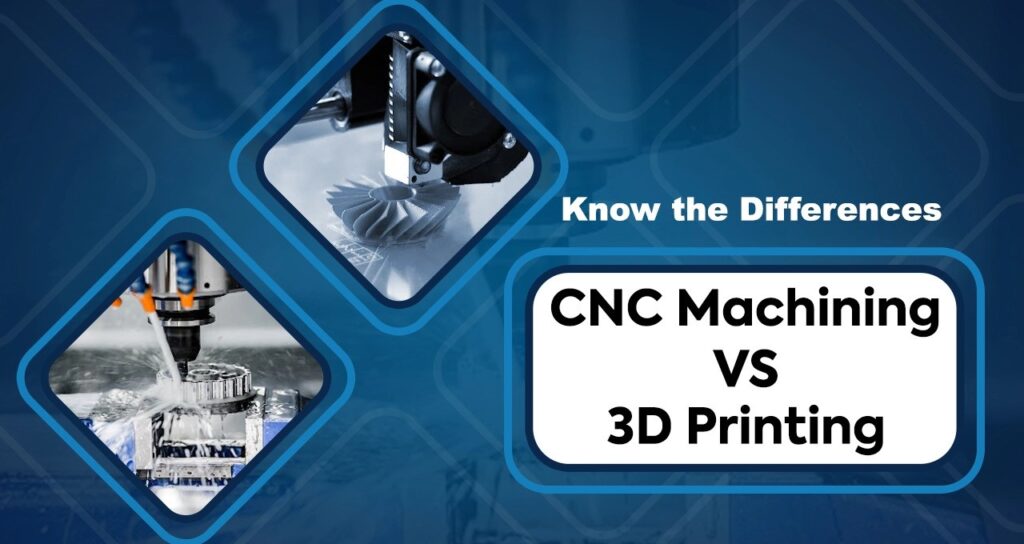LONCIN Tek is an innovative company that builds carbon fiber performance products. It is a combination of the business profile and a love for racing which enables them to create exceedingly strong but still lightweight wheels, fuel tanks, swingarms, fairings and custom-built components for iconic motorcycle and automotive brands.
Design the most innovative electric motorcycle using CAD, but also hand-sculpting some prototype parts is the essence of the work to achieve an original organic aesthetic. The Master designer is Pierre Terblanche, responsible for the following styling motorcycles: Ducati 999, the HyperMotard and the SuperMono.

The primary tool in the process conducted by 3D WORX was the eviXscan 3D Heavy Duty Optima scanner, a professional high-precision 3D scanning device, for reverse engineering, contactless quality control and fast prototyping of medium-sized models.
The solution used by 3D WORX was to combine CAD modeling with 3D scanning. The entire motorcycle design can be represented in CAD due to the application of the eviXscan 3D Heavy Duty Optima scanner. The eviXscan Suite 3D scanning software and 3D Systems Geomagic Design X software were used for reverse engineering.

In the first step one of the two side patterns were scanned with the eviXscan 3D Heavy Duty Optima structured blue-light. The objective was to achieve the highest possible accuracy. Each pattern was sprayed with an extremely thin white contrast and had eviXscan unique markers attached for quick yet very accurate pre-alignment in the eviXscan 3D Suite software of multiple scans sets from various orientations.
In the next part of the process 3D WORX used Geomagic Design X software for reverse engineering to create a high-fidelity surface mesh, remove markers, fill-in holes and edit the scan. Geomagic Design X was used to extract geometric surface features and automatically generate form following surfaces over the organic-shaped sections.
The overall result was an efficient successful reverse engineering process for prototype parts with compound curve shapes. In addition, developed CAD files can be used for CNC machining of molds for carbon fiber part manufacturing.





